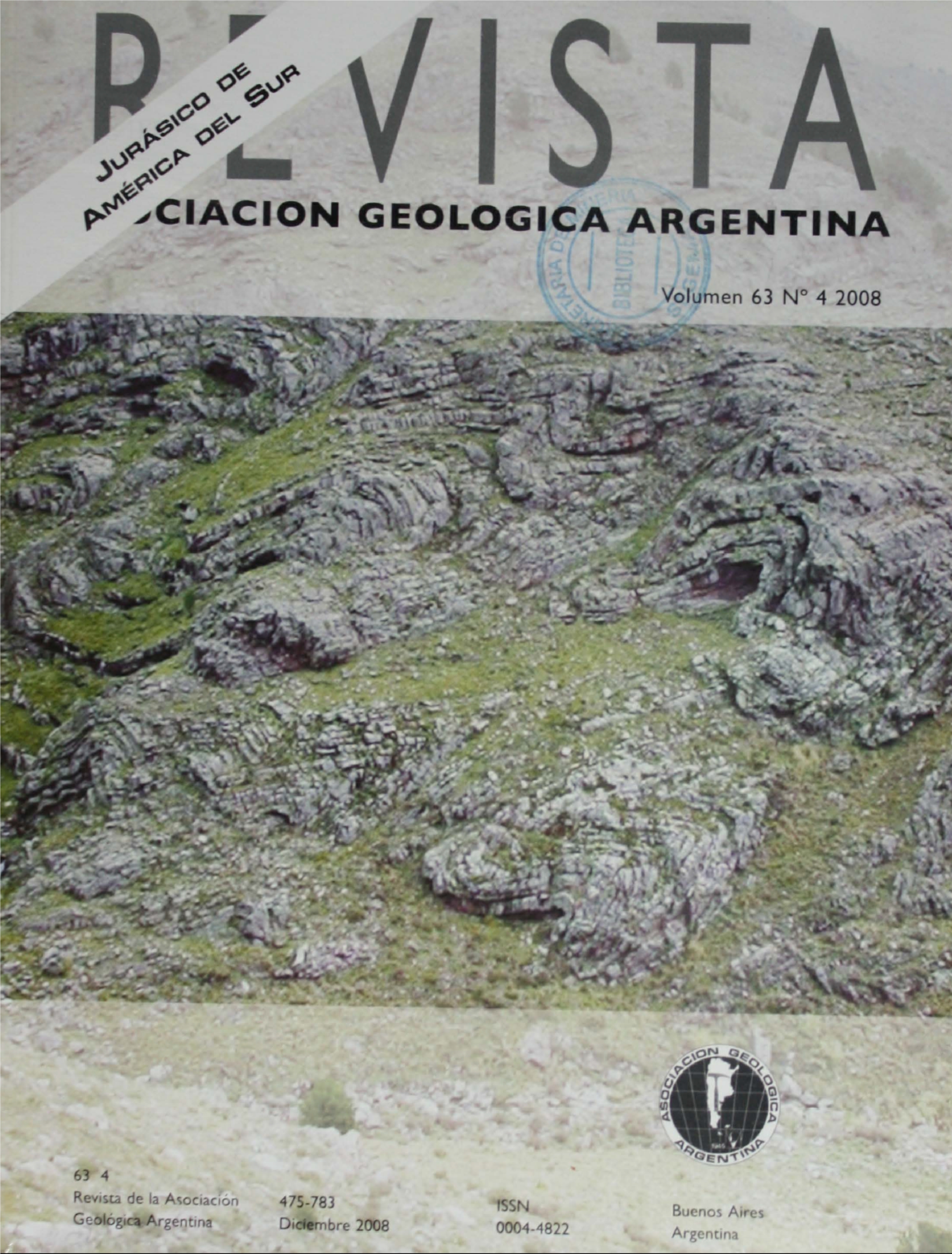The diachronism between the Tordillo and Quebrada del Sapo formations (Kimmeridgian), in the southern part of the Neuquén Basin
Main Article Content
Abstract
The Tordilloand Quebrada del Sapo formations are clastic units of non-marine origin accumulated in the Neuquén basin during the Kimmeridgian. These units unconformably overly marine to non-marine deposits of the Lotena Group (Middle Callovian - Oxfordian) and are in turn covered by Tithonian fine-grained marine deposits assigned to the Vaca Muerta Formation. According to their position in the sequence, these units were considered as lateral equivalents by different authors, although the bounding relationships among them had never been documented before. Detailed field surveys performed recently in an area located between the Sierra de Chacaico and the Quebrada del Sapo allowed the discovery of a laterally continuous outcrop where the bounding relationships between these two units were conveniently displayed. Along this outcrop it can be observed that the Tordillo and Quebrada del Sapo formations are diachronous, and are bounded by a major unconformity (deflation surface) which might have also a tectonic significance. The Tordillo Formation is older, and it was accumulated before an important phase of tectonic inversion. The upper boundary with the Quebrada del Sapo Formation is represented by an erosional surface draped with ventifacts. This unconformity completely erodes and makes disappear the Tordillo Formation in about 600 metres. The fluvial and aeolian deposits of the Quebrada del Sapo Formation rest above this surface and progressively thickens towards the east. The Quebrada del Sapo Formation was accumulated over a deflation relief scoured on the fine-grained deposits of the Lotena Formation.
Article Details

This work is licensed under a Creative Commons Attribution-NonCommercial 4.0 International License.
Nota de copyright
Los autores conservan los derechos de autor y garantizan a la revista el derecho de ser la primera publicación del trabajo licenciado según una licencia de atribución Creative Commons que permite a otros compartir el trabajo con el reconocimiento de la autoría y de la publicación en la que se publicó por primera vez.
Declaración de privacidad
Los nombres y direcciones de correo electrónico introducidos en esta revista se usarán exclusivamente para los fines declarados por esta revista y no estarán disponibles para ningún otro propósito u otra persona.

